03:14
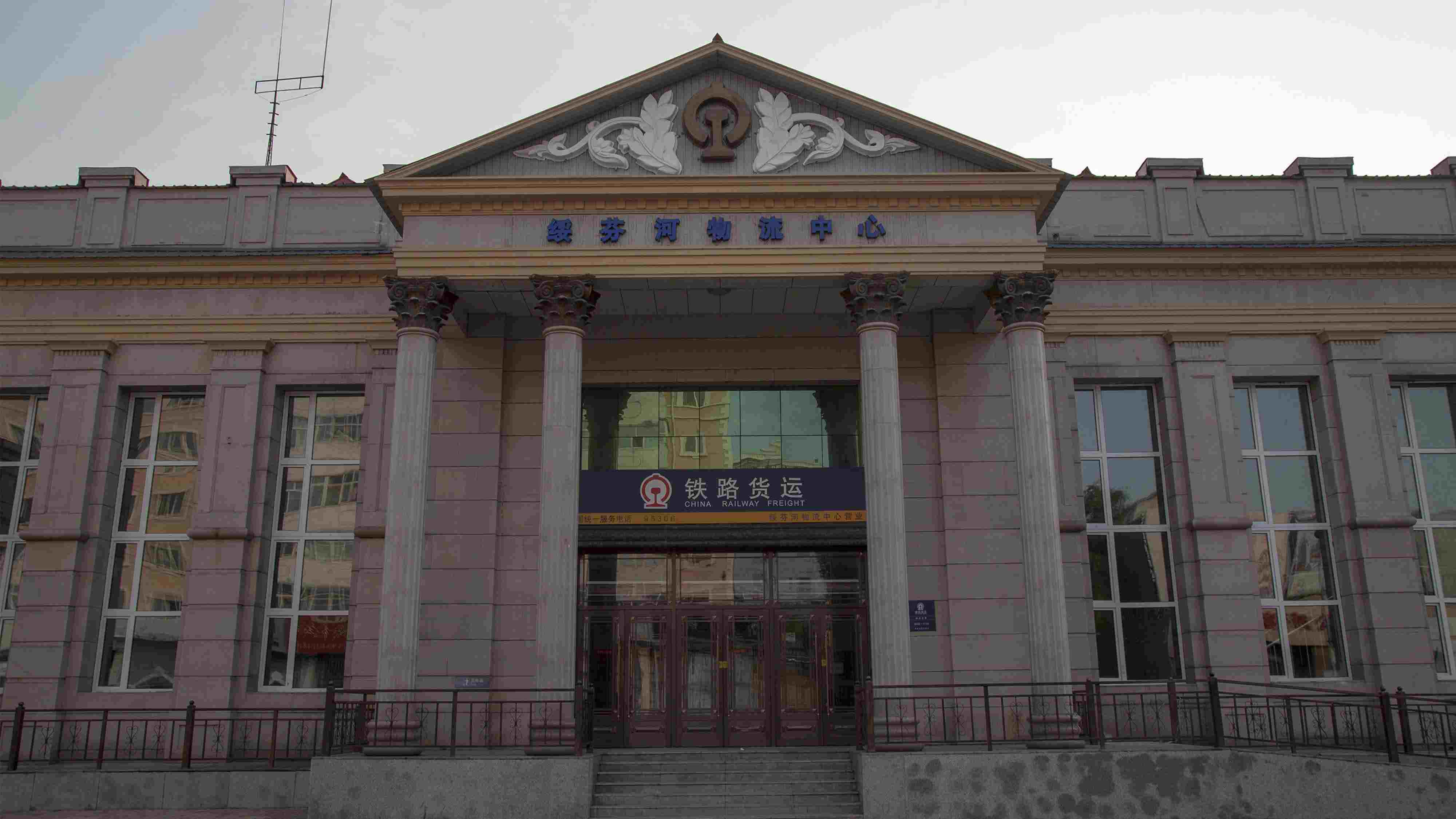
The SCO’s two biggest member countries – Russia and China – share an extremely lengthy frontier, with multiple border crossings, such as the city of Suifenhe in northeast China’s Heilongjiang Province.
While trading methods have changed over time, the locals there still enjoy more old-fashioned ways of conducting commerce from time to time.
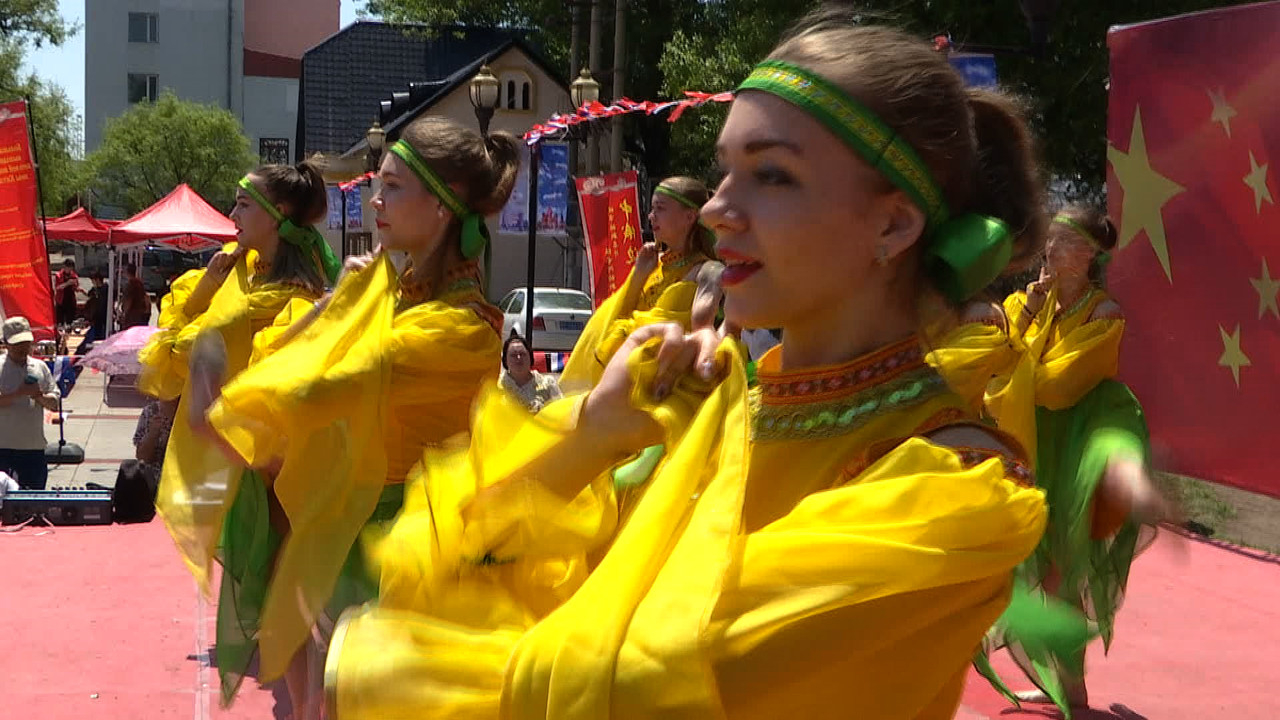
When the Russians came to China to do business, they brought their ballet as well as vodka. /CGTN Photo
When the Russians came to China to do business, they brought their ballet as well as vodka. /CGTN Photo
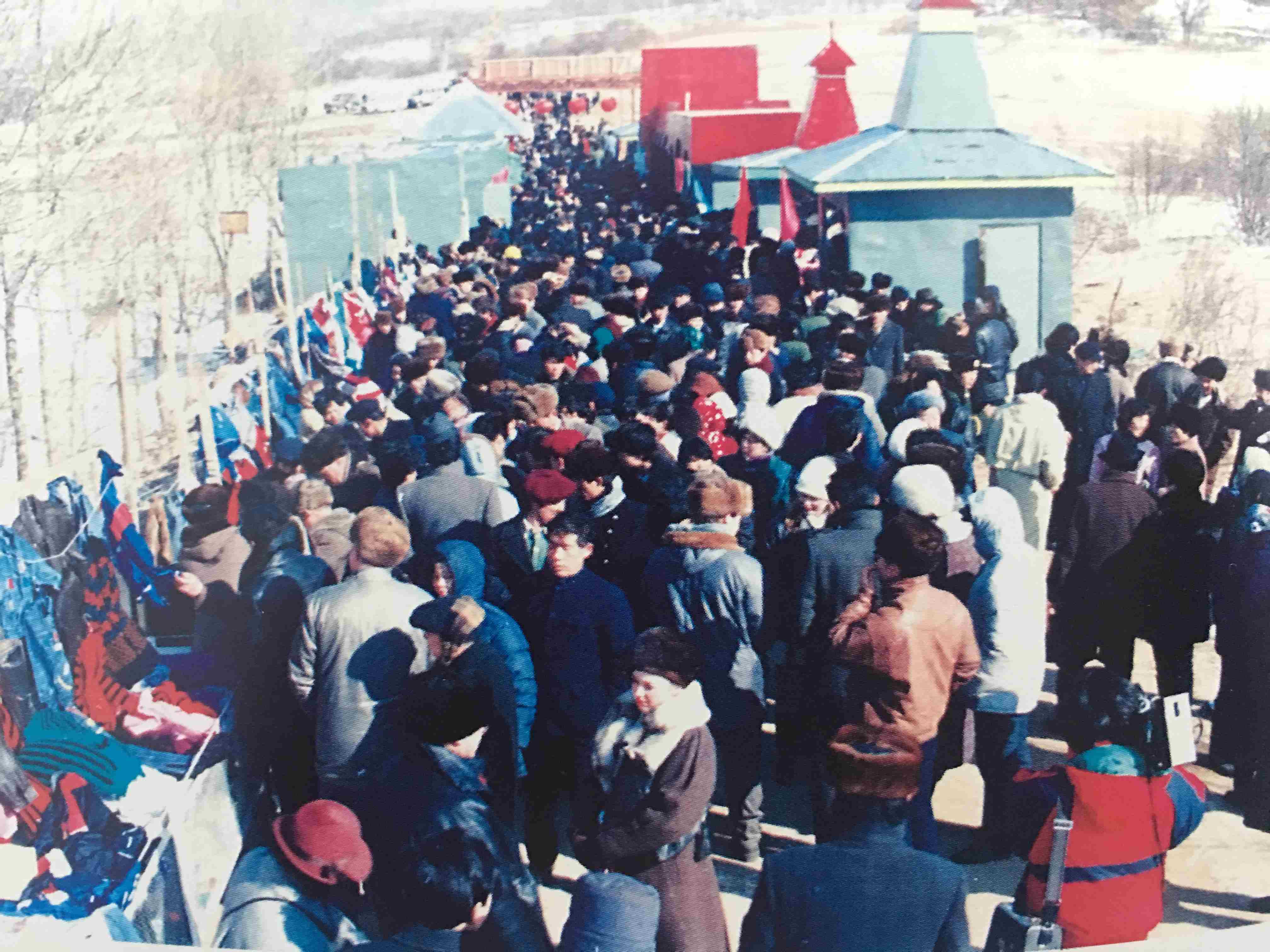
In the early 1990s, due to restrictions on cross-border trade, all exchanges needed to be free of cash. / File Photo
In the early 1990s, due to restrictions on cross-border trade, all exchanges needed to be free of cash. / File Photo
Back in the past, when goods were exchanged hand to hand, nobody would have predicted then a massive increase in terms of the volume of the annual Sino-Russian trade in the future, which stood at over 80 billion US dollars now.
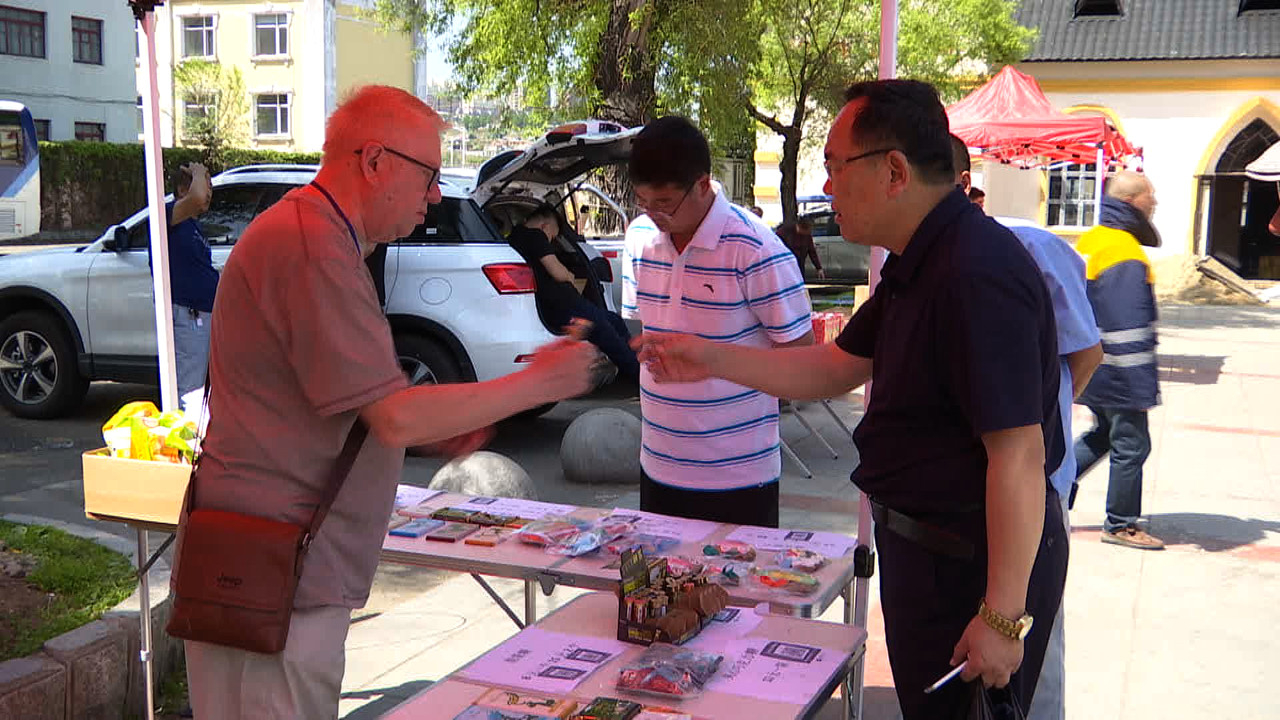
Bistrilsky Starlistov, a part-time Russian trader told CGTN that he has very high expectations for Sino-Russian trade. /CGTN Photo
Bistrilsky Starlistov, a part-time Russian trader told CGTN that he has very high expectations for Sino-Russian trade. /CGTN Photo
31-year-old Russian Elena Anatolvna is getting her goods ready for the market. Having studied in China's northeast for many years, she obviously knows the market here very well.
Although the rise of e-commerce in China has brought much benefit to many Russian traders, they say online shopping hasn’t quite taken off in the same way on their side of the border.
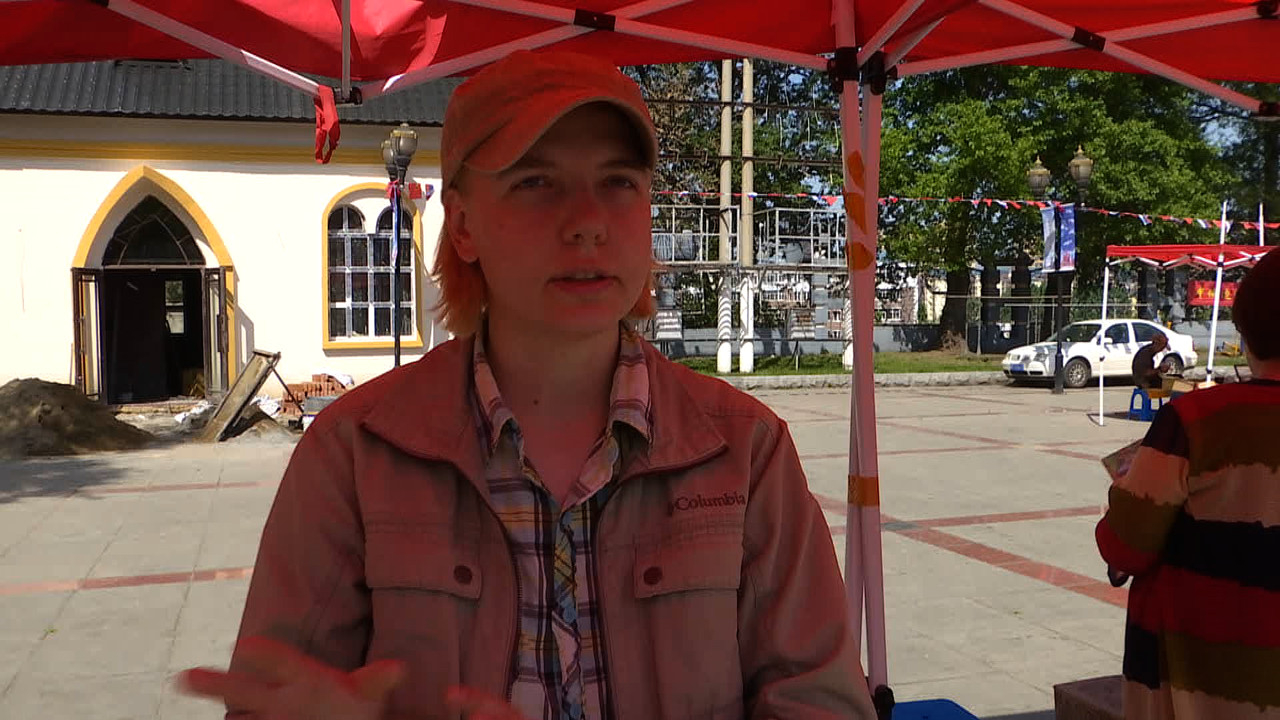
Elena Anatolvna from Russia thinks the efficiency of clearing goods at Russian customs should be improved to promote e-commerce in the country's far east. / CGTN Photo
Elena Anatolvna from Russia thinks the efficiency of clearing goods at Russian customs should be improved to promote e-commerce in the country's far east. / CGTN Photo
Although the scale of the market is tiny considering the trade volume which exists between the two countries, what really matters here is that the human element is still burning brightly.
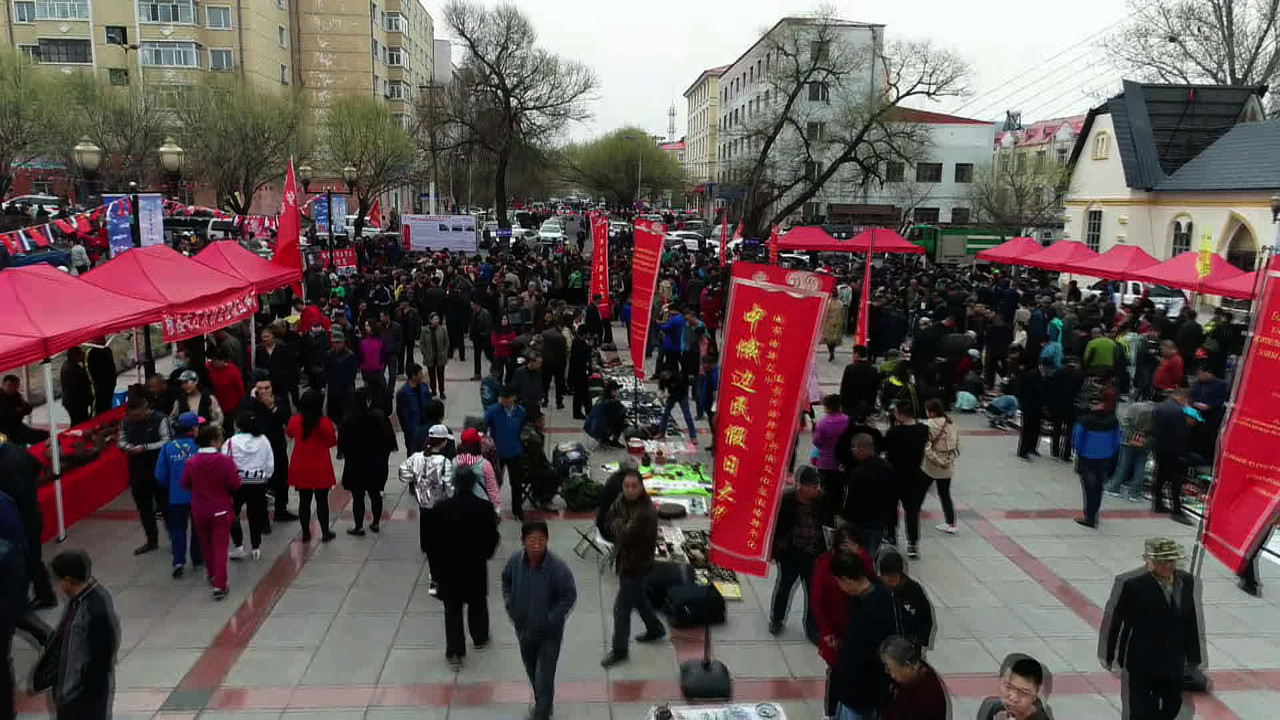
Today, the human element is still burning brightly at the open-air market. /CGTN Photo
Today, the human element is still burning brightly at the open-air market. /CGTN Photo
This cross-border market takes people back to times far removed from today's mobile payments or even transactions involving hard cash.
Other than great bargains on offer, you will also find some interesting stories about how the Russians and Chinese traded many years ago.
Wang Tao from the local tourism bureau told CGTN, "We want to show people what cross-border trade between China and Russia was like in the past, so we came up with this idea of organizing a fair over the weekends."
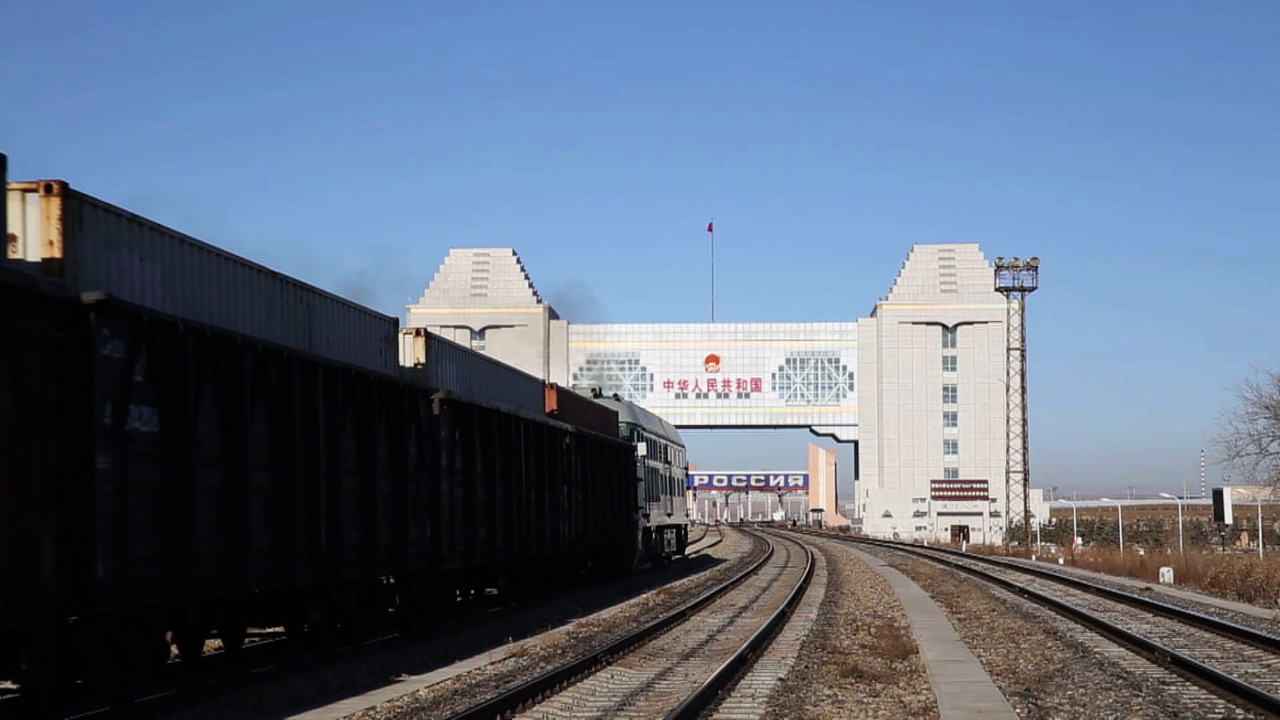
Suifenhe has long been at the forefront of Sino-Russian economic cooperation. /CGTN Photo
Suifenhe has long been at the forefront of Sino-Russian economic cooperation. /CGTN Photo
Suifenhe has long been at the forefront of Sino-Russian economic cooperation.
Moscow’s interbank currency exchange started trading the yuan against the ruble for the first time in 2010.
Three years later China followed suit by allowing the use of the ruble in Suifenhe.
With both countries working hard to coordinate their respective development strategies – China’s Belt and Road Initiative and the Russia-led Eurasian Economic Union – more business deals are expected both at the national level, and in this market.








